The radon springs and lakes in the village of Lopukhinka, Leningrad Region, are a protected natural monument located a couple of hours' drive from Saint Petersburg. In the 19th century, a sanatorium operated here, where sailors were treated by wrapping them in sheets soaked in the local water, which showed positive results in treating rheumatism. A century later, scientists noticed the absence of vegetation and plankton in the Lopukhinka Lake. These observations led to the conclusion that the springs contained the radioactive element radon.
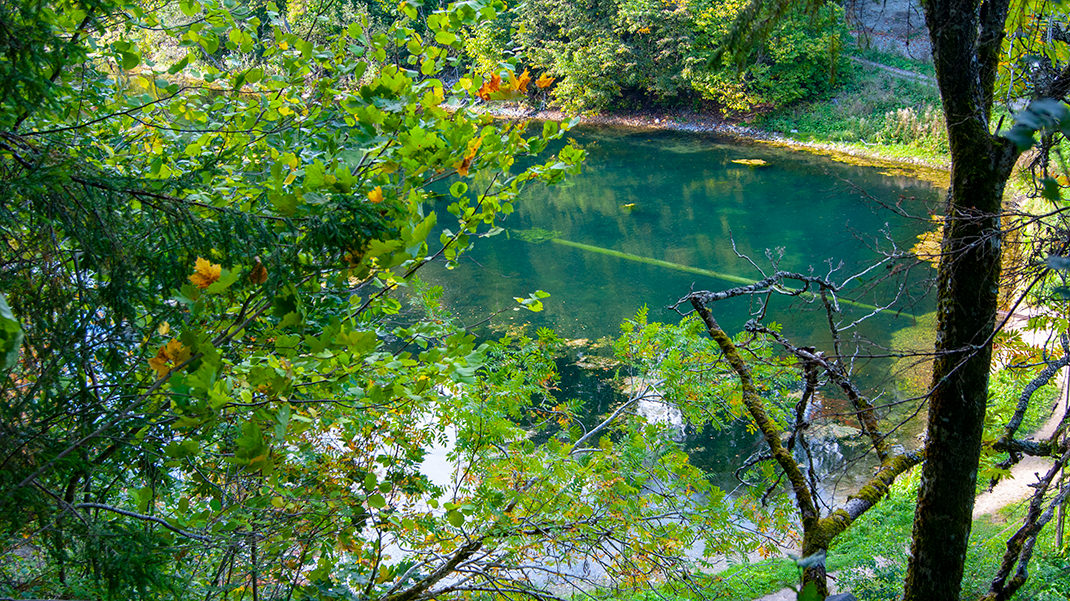
How to Get There
Take an electric train from the Baltic Station in Saint Petersburg to the "Stary Peterhof" station. The one-way ticket costs from 68 rubles, and the travel time is 39-46 minutes (as of autumn 2018).
After crossing the railway tracks, you will see a bus stop a few meters to the right. From here, you can take buses № 463, 681, 685, or 688 to the village of Lopukhinka. The fare is approximately 100-135 rubles, depending on the route. You can get off at the "Magazin" or "Pochta" stops. It’s advisable to check the route and fare with the driver beforehand.
We began our route at the small upper lake. Along the way, there are signs with maps of ecological trails. In some places, there are plaques describing local plants. When we visited, the upper lake was a disappointing sight: a ravine littered with car tires. It’s worth noting that this area is protected by the state. Perhaps at a different time of year, the lake is fuller and covers the litter.
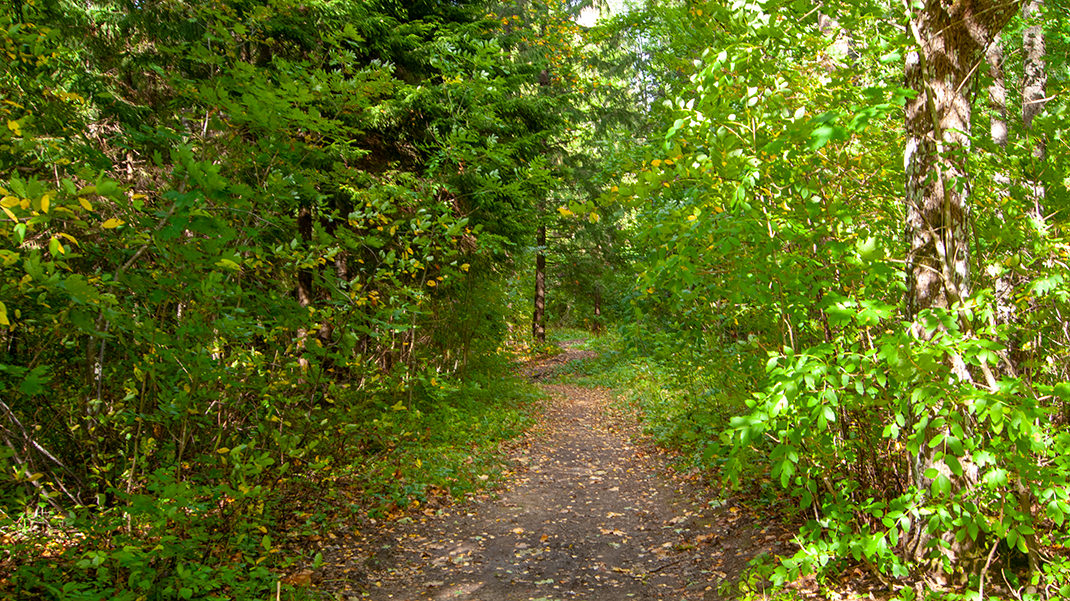
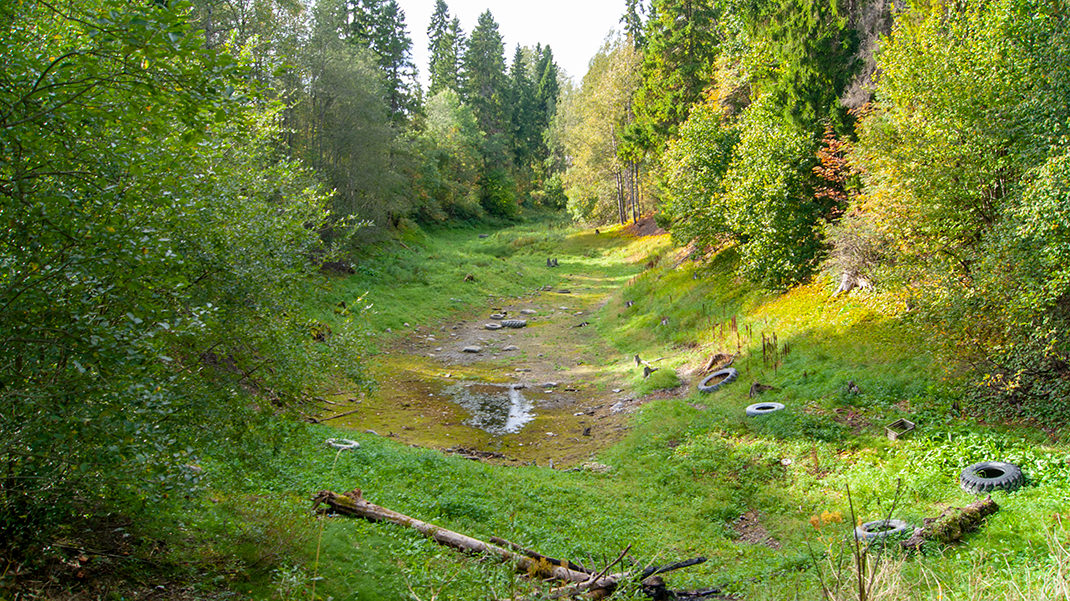
Moving on, at the western end of the Middle Lake, there are several springs. This area is much cleaner and better maintained. A small bath with steps for descending is installed near the spring. Another path leads up from here to the top of the canyon.
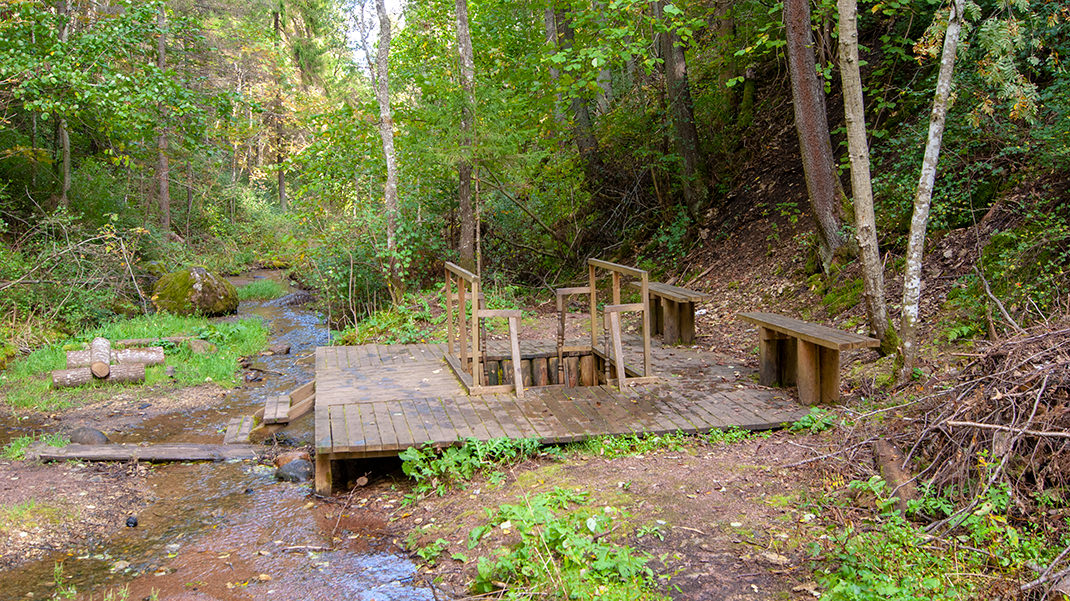
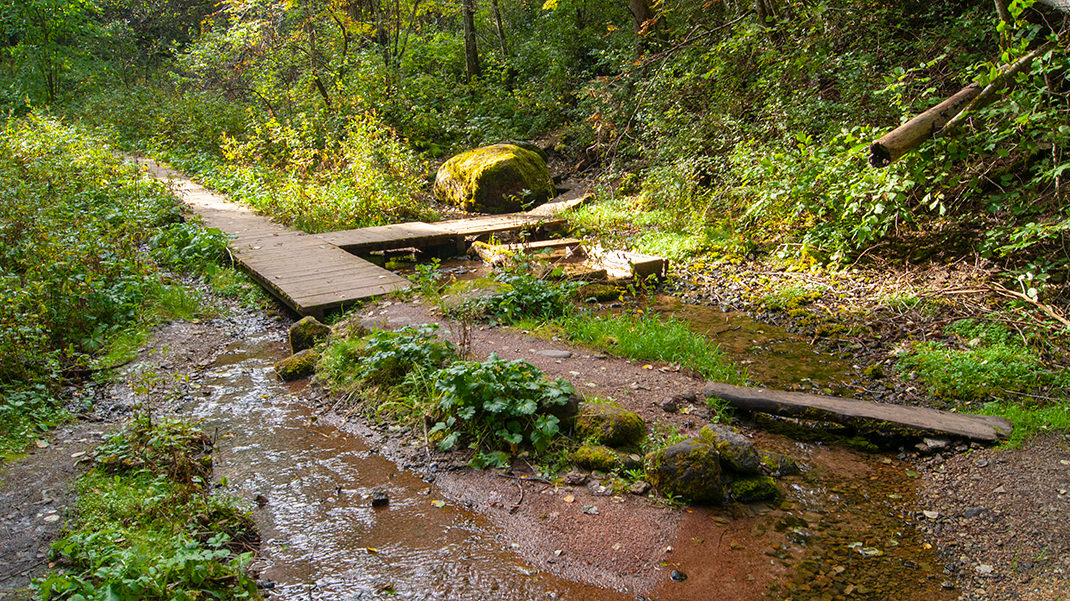
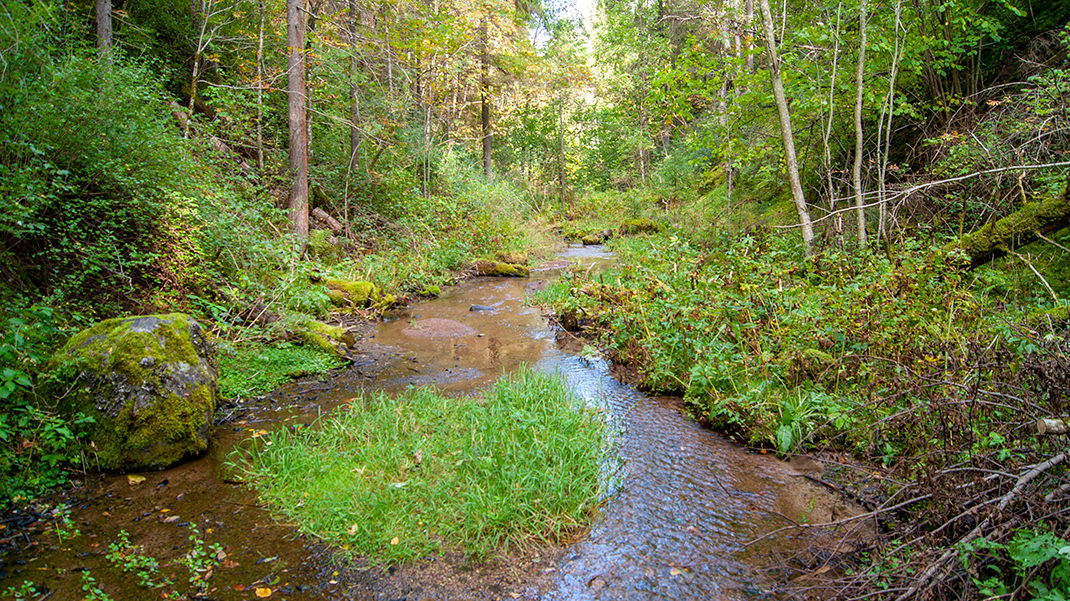
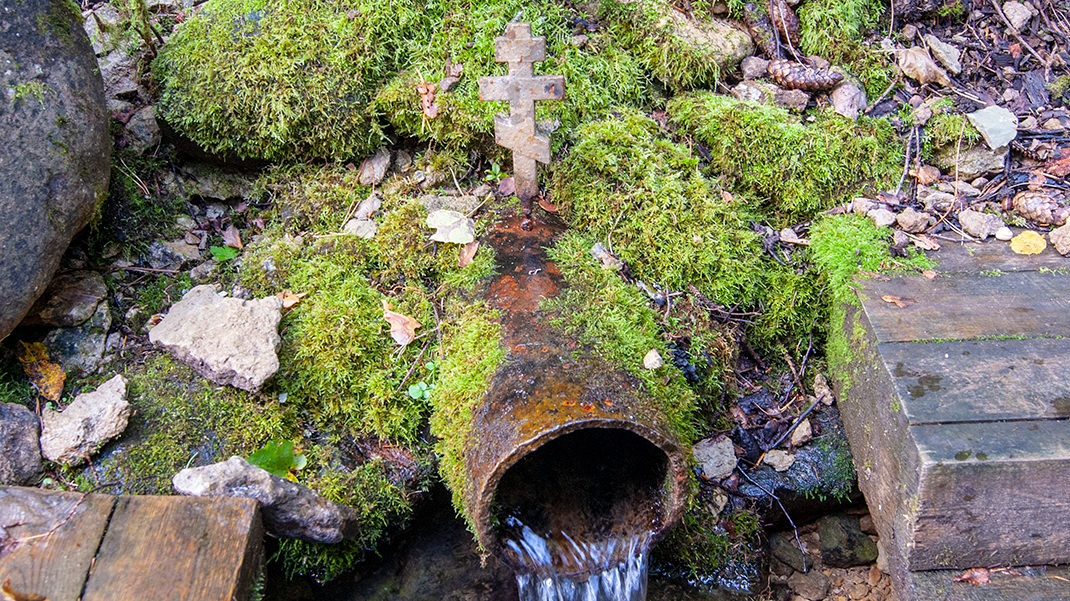
About 700 meters further on, we reach a small area near the Middle Lake. The water here, unlike many other bodies of water in the Leningrad Region, is not rusty but almost clear with a slight turquoise tint. However, we wouldn't call this lake the cleanest either. There is a slope for cars leading down to the lake, with a small gazebo for visitors and the remains of a campfire nearby. The lake’s edge is covered with green foam.
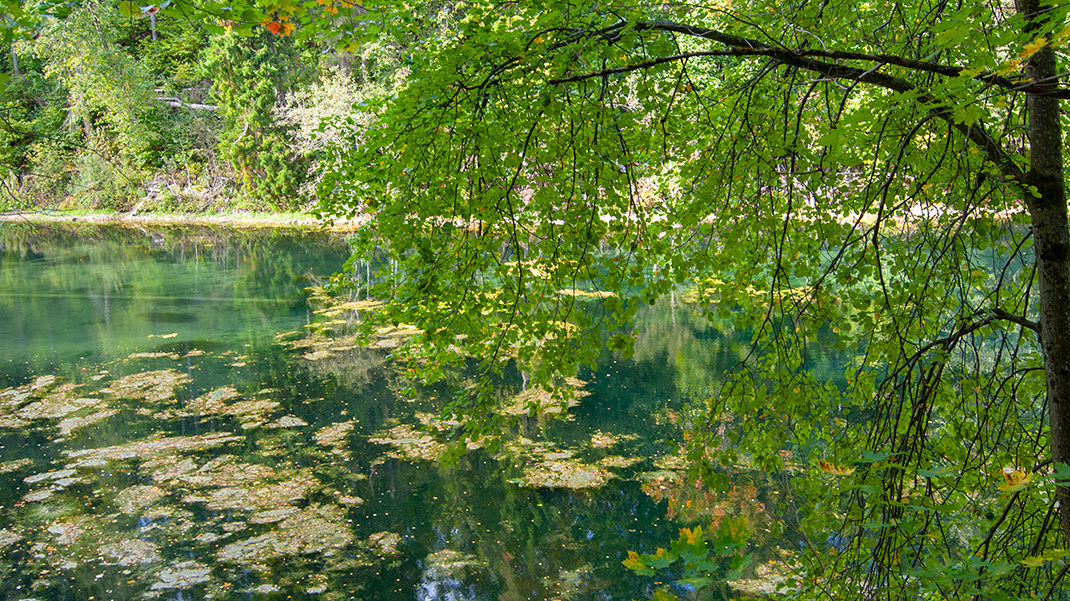
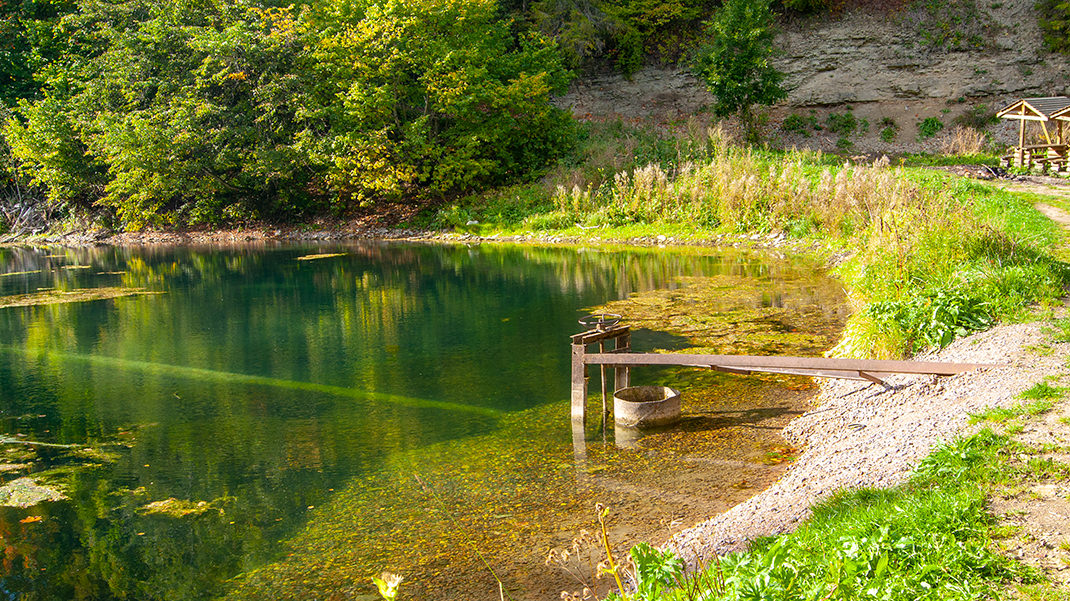
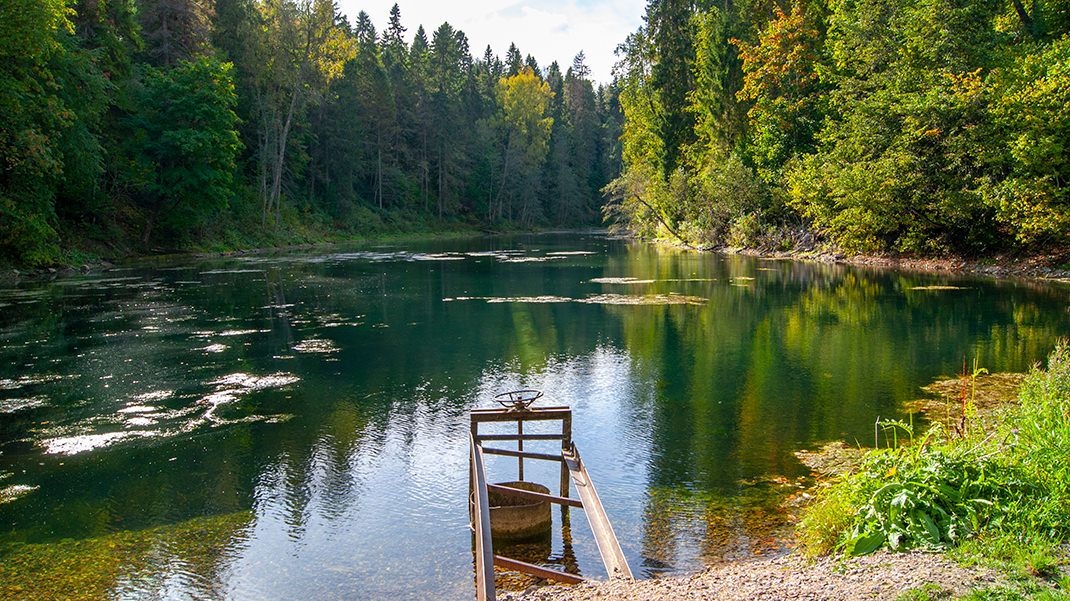
On either side of the lake are picturesque slopes with nearly vertical staircases that can take you up to one side of the canyon or the other. We took the wooden stairs and headed to the final point of our route—the Lower Radon Lake.
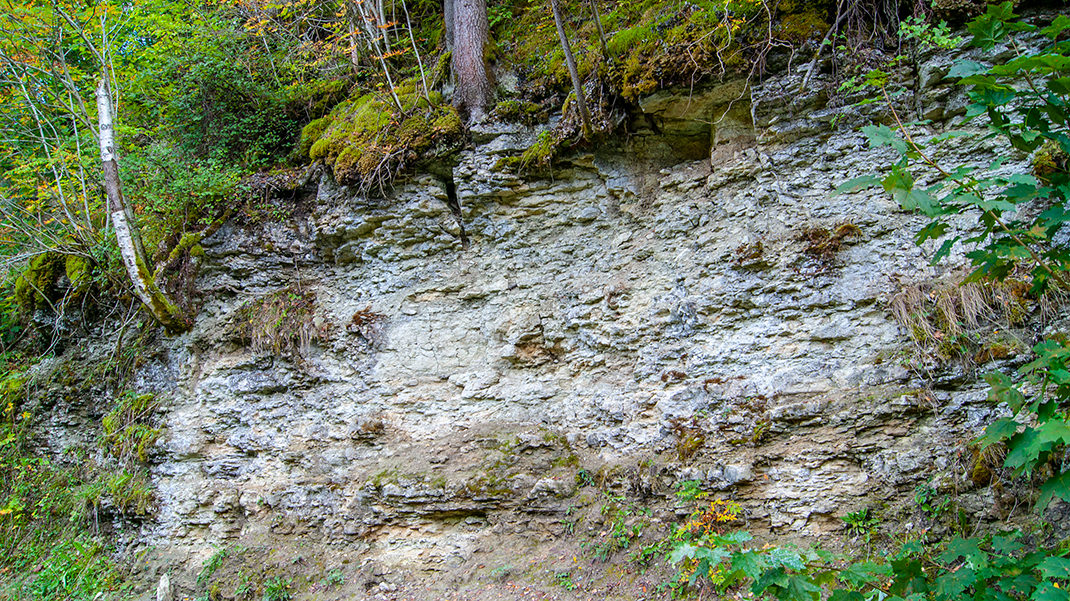
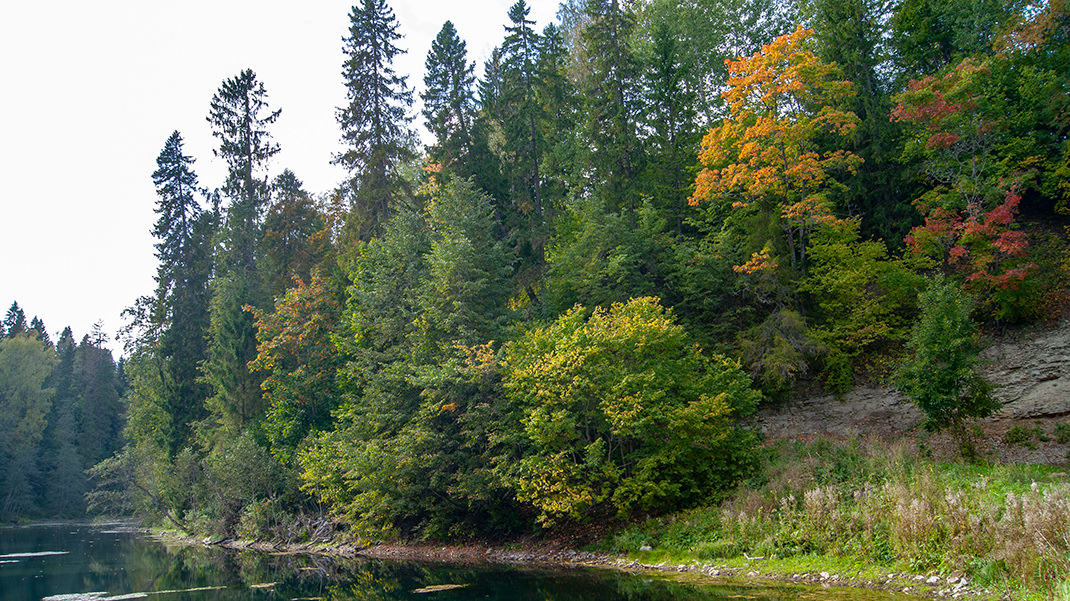
On the way, we passed the Lopukhins' estate (Evdokia Fyodorovna Lopukhina was Peter I’s first wife). The building, constructed in the 18th century, has a rich history. During its heyday, this place, thanks to the nearby therapeutic springs, was called the Russian Switzerland. At times, distinguished guests would prefer coming here over European resorts. The estate could accommodate up to 500 people simultaneously. Today, the building is almost completely ruined.
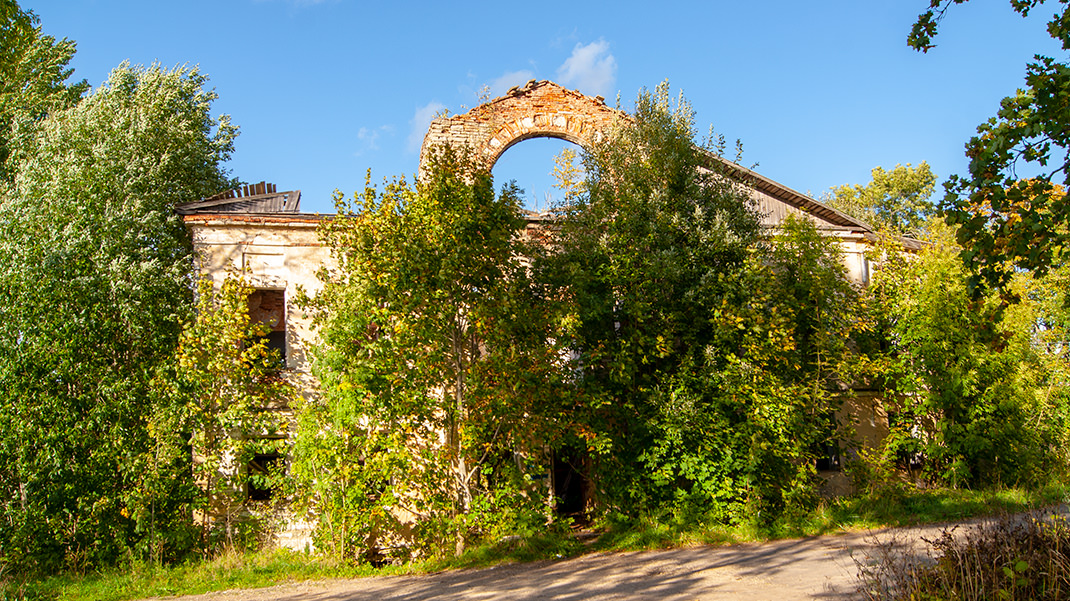
Descending the stairs, we reached the area by the Lower Lake. Here, just like at the previous lake, we encountered visitors arriving by car. The water in the lake is just as clean and clear, but the large amounts of dirt and foam along the shore spoil the impression. It’s not that there are many visitors littering the area; it’s more likely that the lake simply isn’t cleaned.
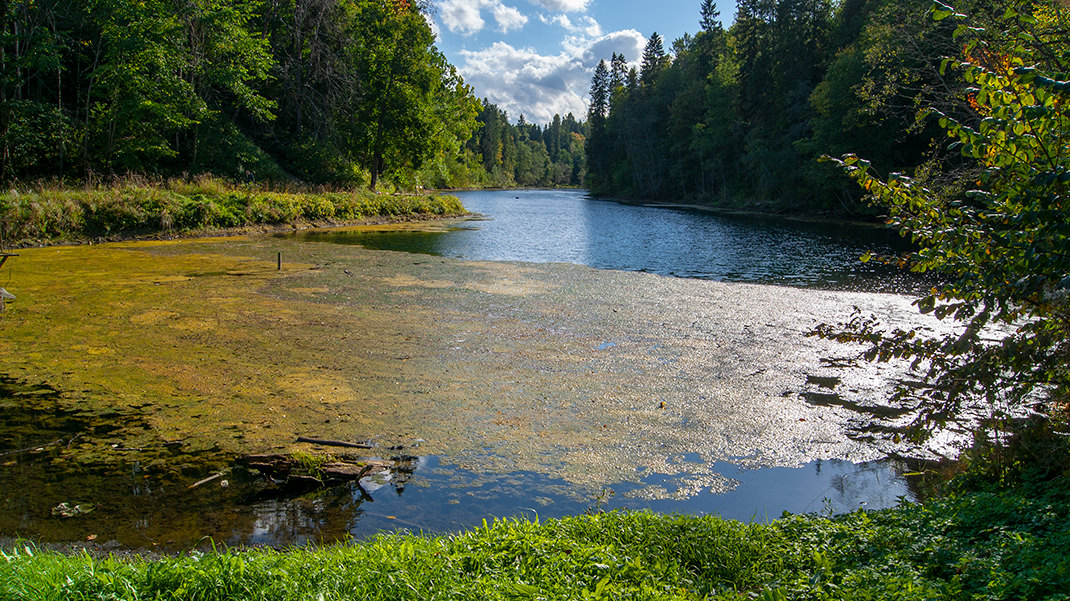

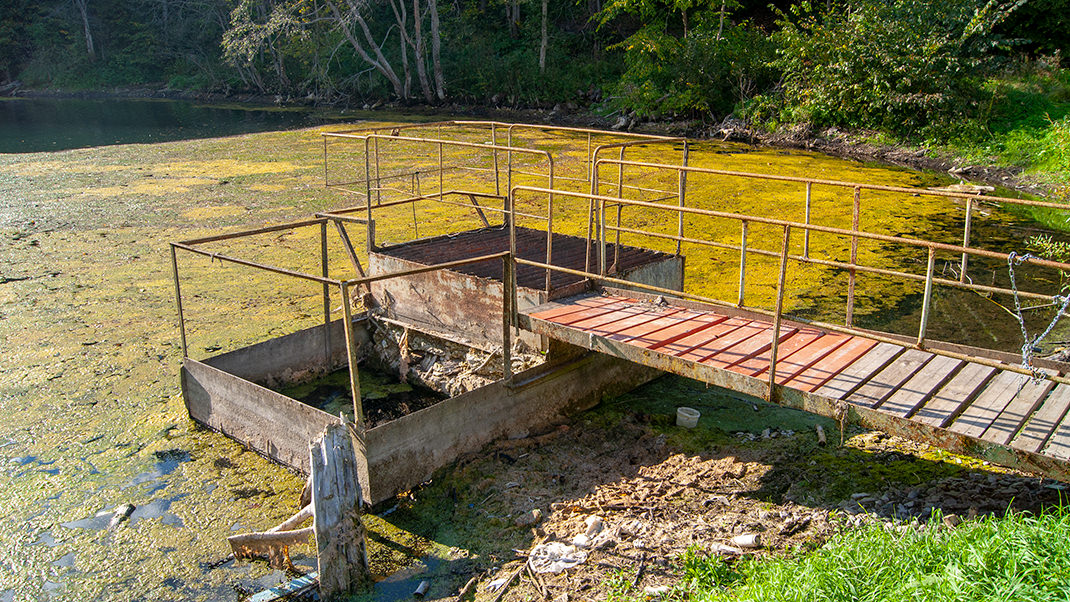
The radon lakes are an incredibly interesting place that, with proper care, could become a gem of the Leningrad Region. As it stands, though, we must admit that the photos on the internet impressed us more than what we saw in person.

